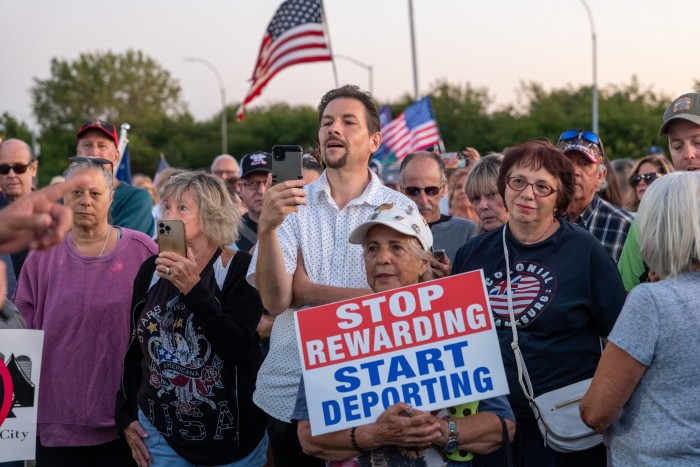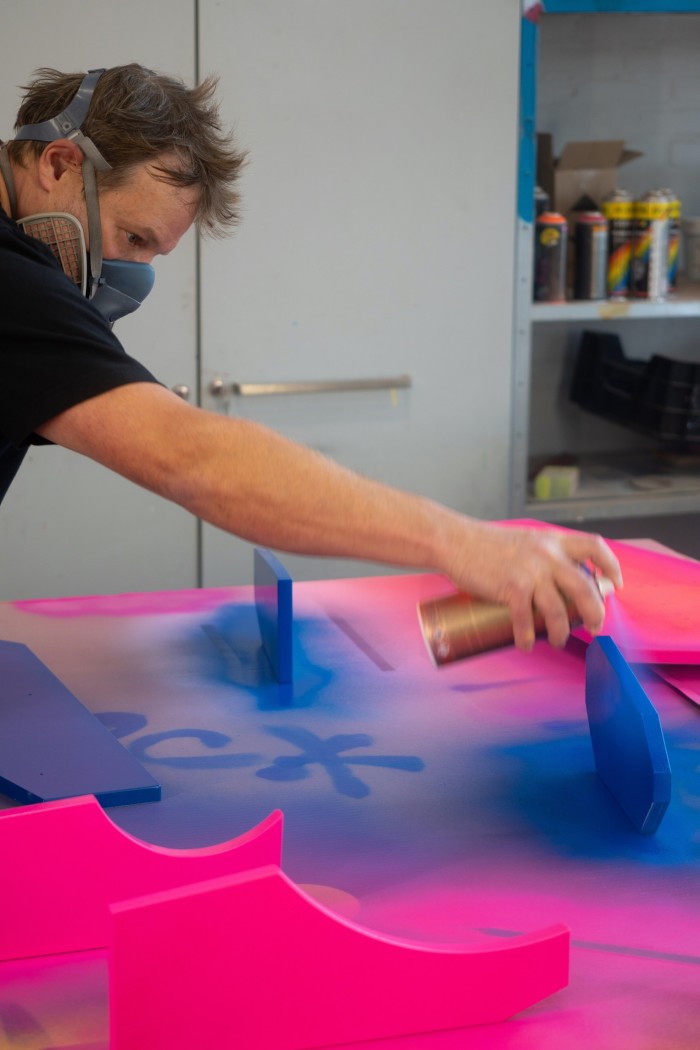When Kamala Harris replaced Joe Biden at the top of the Democratic ticket in August, she quickly consolidated support across her party and all but erased the president’s polling gap with Donald Trump.
But after a strong start, the vice-president faltered and failed to meaningfully improve her position. Critics question whether she did enough to distance herself from her unpopular boss and win over enough Americans who are disillusioned with the country’s direction.
Here are five blunders that might have cost Harris the presidency:
Her appearance on ‘The View’
When Harris appeared in early October on The View, a popular daytime talk show, she struggled to answer a straightforward question about how her presidency would differ from Biden’s.
Asked “would you have done something differently than President Biden during the past four years?” Harris stumbled, replying: “There is not a thing that comes to mind, in terms of, and I have been a part of most of the decisions that have had impact.”
In subsequent interviews, Harris continued to struggle with articulating differences between herself and the incumbent president. That allowed Trump and other Republicans to undermine her efforts to paint herself as a change candidate at a time when most Americans said the country was heading in the wrong direction under Biden’s leadership.
Avoiding tough questions
The View interview was not the first time that Harris came under fire for her media strategy, which largely avoided unscripted interviews during the first six weeks of her campaign. That led critics to question whether the vice-president was equipped to answer tough questions.
When she did participate in interviews, Harris was often criticised for giving rambling or unsatisfying answers to reporters’ questions.
In her first solo interview as the Democratic candidate in early September, Harris was asked by a local television reporter in Philadelphia which specific policies she would propose to bring down the cost of living. Rather than answering the question directly, the vice-president launched into a nearly four-minute long answer that started with a lengthy description of her own upbringing.
Running mate troubles
After weighing up several possible running mates, including Pennsylvania governor Josh Shapiro and Arizona senator Mark Kelly, Harris settled on Tim Walz, the affable former high school football coach turned governor of Minnesota.
Harris later described the move as a “gut” decision, but it was seen by many as a tactical choice to help the vice-president shore up support with working-class men in the Midwest in particular.
But Walz — who had built a national profile through punchy television appearances where he went to bat for the vice-president and other Democrats — soon struggled to find his footing as a vice-presidential candidate.
Walz’s weaknesses were on display during a debate with Trump’s running mate JD Vance in October when he said he “misspoke” when he claimed to be in China in 1989 during the Tiananmen Square protests — when he had in fact arrived in the country months later. He also said during the debate that he was at times a “knucklehead”.
Foreign policy troubles
War in the Middle East and the Biden administration’s close ties to Israel were a political minefield for the vice-president, as she both defended the White House’s policies while at the same trying to differentiate herself from Biden.
Harris did this in large part by insisting that she would always support Israel’s right to defend itself, but also speaking passionately about the plight of the Palestinians in Gaza and later calling for a ceasefire in Lebanon.
But her positions still alienated groups of Arab-American and younger voters, and her rallies were often interrupted by pro-Palestinian protesters. Harris experimented with ways to respond to the interruptions. In one early rally in August in Detroit, Harris snapped back: “You know what? If you want Donald Trump to win, then say that. Otherwise, I’m speaking.”
In later events, however, she adopted a more conciliatory tone as she tried to draw a contrast between herself and Trump. She often acknowledged protesters by saying that while she disagreed with some views, unlike Trump, she did not count people she disagreed with as her “enemies”.
Biden’s ‘garbage’ comment
Arguably the biggest gaffe of Harris’s campaign came not from the vice-president herself or her running mate, but from Biden. Minutes before Harris was due to deliver a major speech that her campaign had billed as her “closing argument” on the national mall in Washington DC, Biden dialled into a campaign call with the grassroots group Voto Latino and appeared to call Trump supporters “garbage”.
“The only garbage I see floating out there is his supporters. His, his demonisation of Latinos is unconscionable, and it’s un-American,” Biden said. “It’s totally contrary to everything we’ve done, everything we’ve been.”
The White House later issued a transcript suggesting Biden referenced a single supporter — “supporter’s” — rather than all Trump voters. Biden said in a post on X that he was referring to the “hateful rhetoric . . . spewed by Trump’s supporter”.
But the damage was done, and the Trump campaign seized on the message in the final days of the race, comparing it to Hillary Clinton’s 2016 comments in which she likened Trump supporters to a “basket of deplorables”. To reinforce his point, Trump drove a rubbish truck to a rally in Wisconsin in the final week of his campaign and wore a hi-vis jacket as he delivered his speech.
Video editing by Jamie Han





















































































































































































You must be logged in to post a comment Login